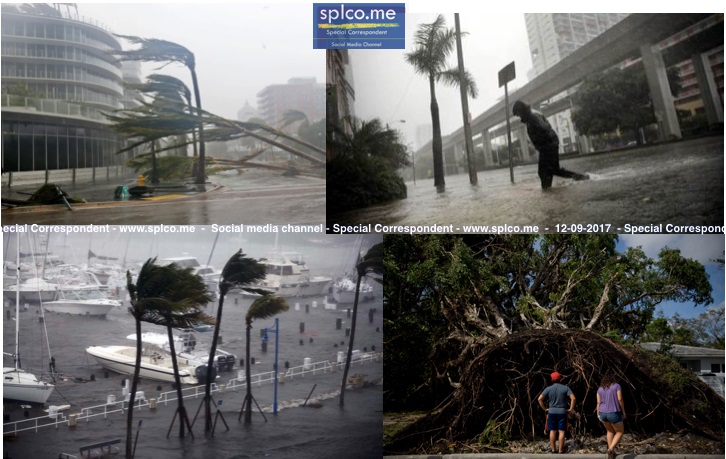Irma hit Florida on Sunday, before weakening to a tropical storm as it moved north on Monday.

About 6.5 million homes in Florida, two-thirds of the total, are without power after Hurricane Irma cut a deadly path through the state, officials say.
Relief operations are under way and engineers are working to restore power, but many areas remain stranded. The islands of the Florida Keys and western parts of the US state bore the brunt of the category-four hurricane.
Media reports link at least four deaths to the storm in Florida. Last week it killed at least 37 people in Caribbean islands.
Florida Governor Rick Scott said it was "going to take some time" before people could return to their homes, the Miami Herald website reports. Speaking as he went on an aerial tour of the Keys to survey the damage early on Monday, he said: "Power lines are down throughout the state. We've got roads that are impassable, so everybody's got to be patient as we work through this."
Although Miami was spared the worst, large parts of the city are under water. Winds have snapped power lines and 72% of homes there are without electricity, officials say. On the west coast of Florida, drone footage from Naples, a town on the coast of the Gulf of Mexico about 125 miles (200km) to the north-west, shows rows of shattered suburban homes on streets under water.
President Donald Trump has released emergency federal aid for Florida, describing the hurricane as a "big monster".














